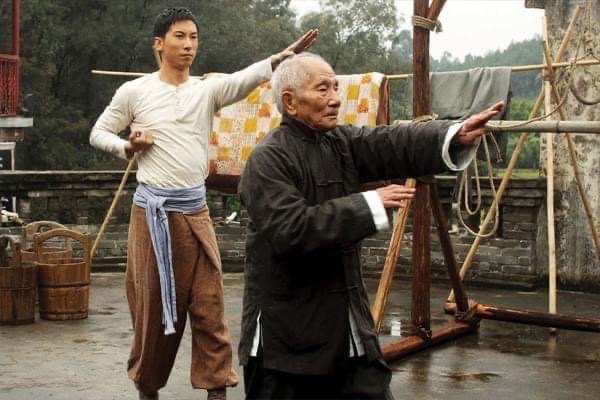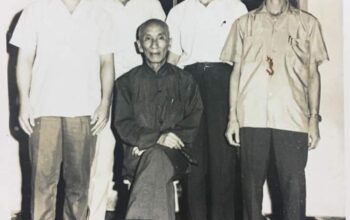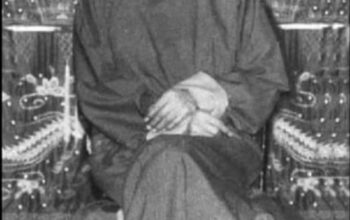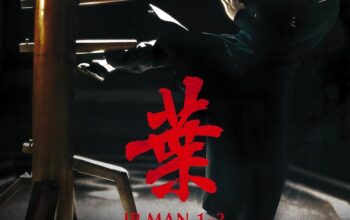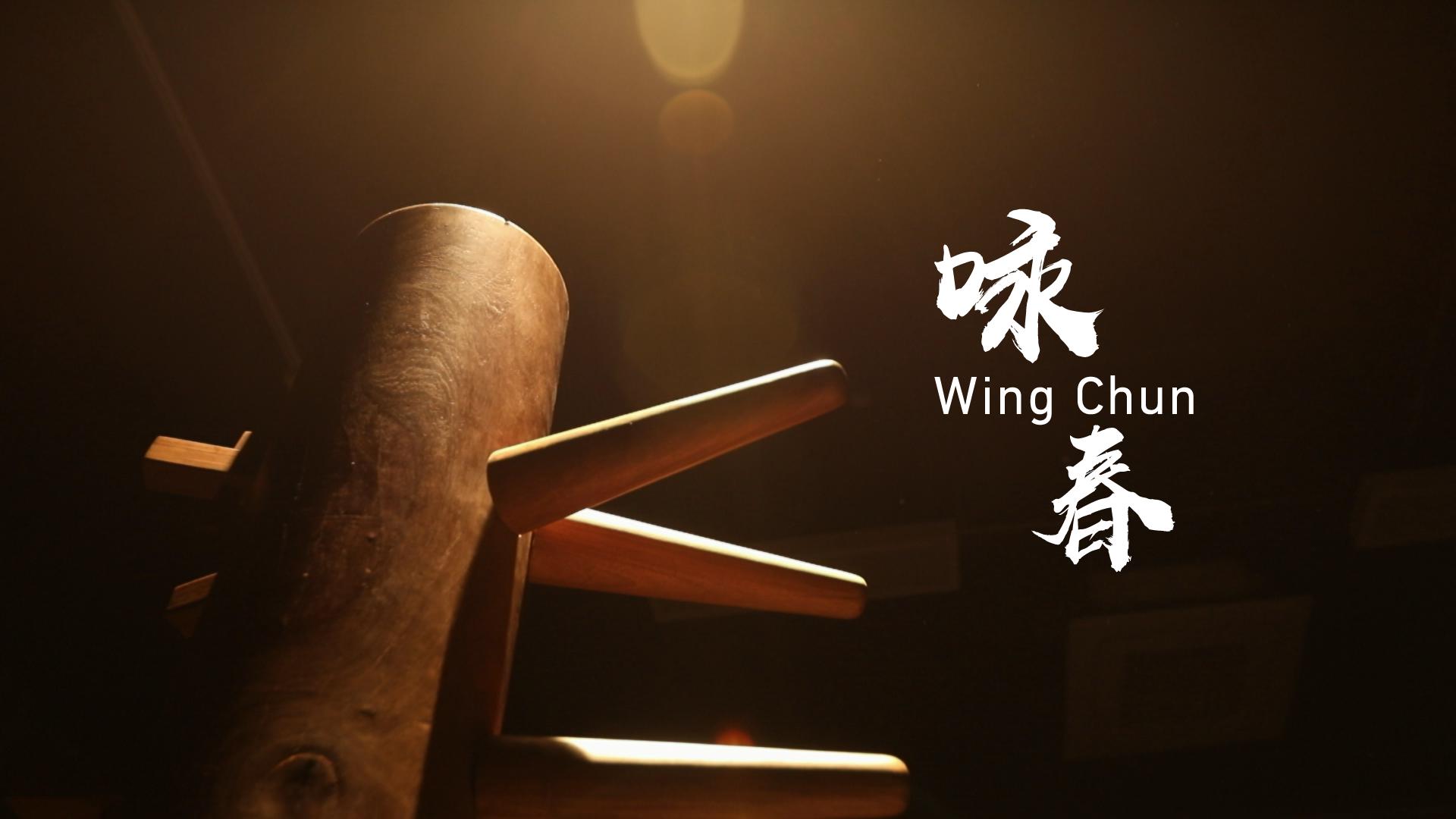Wing Chun, a traditional Chinese martial art, is known for its efficiency, practicality, and adaptability. One common challenge that practitioners of Wing Chun face is dealing with taller opponents. In a physical confrontation, a significant height advantage can present unique difficulties. However, Wing Chun offers several strategies and techniques that allow practitioners to effectively overcome this disadvantage and neutralize the height difference. In this article, we will explore how Wing Chun deals with taller opponents.
First and foremost, Wing Chun emphasizes the concept of centerline theory. The centerline refers to an imaginary line running vertically down the middle of the body. Wing Chun practitioners focus on controlling and attacking their opponent’s centerline, regardless of their height. By targeting the centerline, practitioners can effectively neutralize the advantage of a taller opponent’s longer reach. Wing Chun techniques, such as the straight punch (known as the “straight blast”), aim to strike directly along the centerline, minimizing the distance and time needed to connect with the target.
Another fundamental principle in Wing Chun is simultaneous attack and defense. This concept is particularly crucial when facing taller opponents. Wing Chun practitioners are trained to intercept incoming strikes and attacks while simultaneously launching their own counterattacks. By intercepting an opponent’s attacks at the moment of initiation, practitioners can disrupt their taller opponent’s rhythm and close the distance quickly, minimizing the height advantage. This strategy allows Wing Chun practitioners to nullify the reach advantage and turn it into a disadvantage for the taller opponent.
Furthermore, Wing Chun employs techniques that utilize the opponent’s force against them, regardless of their height. This concept is known as “using the opponent’s energy.” By employing techniques such as “Bong Sao” (wing arm) and “Lap Sao” (pulling arm), Wing Chun practitioners redirect the force and momentum of a taller opponent’s attacks, destabilizing their balance and leaving them vulnerable to counterattacks. These techniques rely on sensitivity and timing rather than physical strength, enabling practitioners to exploit any height difference and regain control of the fight.
In addition to the core principles and techniques mentioned above, Wing Chun also incorporates specific training methods to prepare practitioners for taller opponents. One such method is Chi Sao, a unique training exercise that focuses on developing sensitivity and reflexes. Chi Sao involves maintaining constant contact with a training partner, allowing practitioners to feel and anticipate their movements. Through Chi Sao training, Wing Chun practitioners develop the ability to sense and exploit openings in their taller opponents’ defenses, effectively leveling the playing field.
Moreover, footwork plays a crucial role in Wing Chun’s approach to dealing with taller opponents. Wing Chun emphasizes mobility and agility, enabling practitioners to quickly move in and out of their taller opponent’s range. By utilizing lateral footwork, angles, and pivoting, practitioners can effectively close the distance or create angles of attack, minimizing the height advantage and capitalizing on the opponent’s vulnerabilities.
In conclusion, Wing Chun offers a comprehensive system to deal with taller opponents. By focusing on centerline theory, simultaneous attack and defense, utilizing the opponent’s energy, and employing specific training methods such as Chi Sao, Wing Chun practitioners can effectively neutralize the height difference and overcome the challenges posed by taller opponents. Through the mastery of these principles and techniques, Wing Chun empowers individuals to adapt to varying physical attributes, emphasizing skill, strategy, and timing over brute strength or height advantage.
